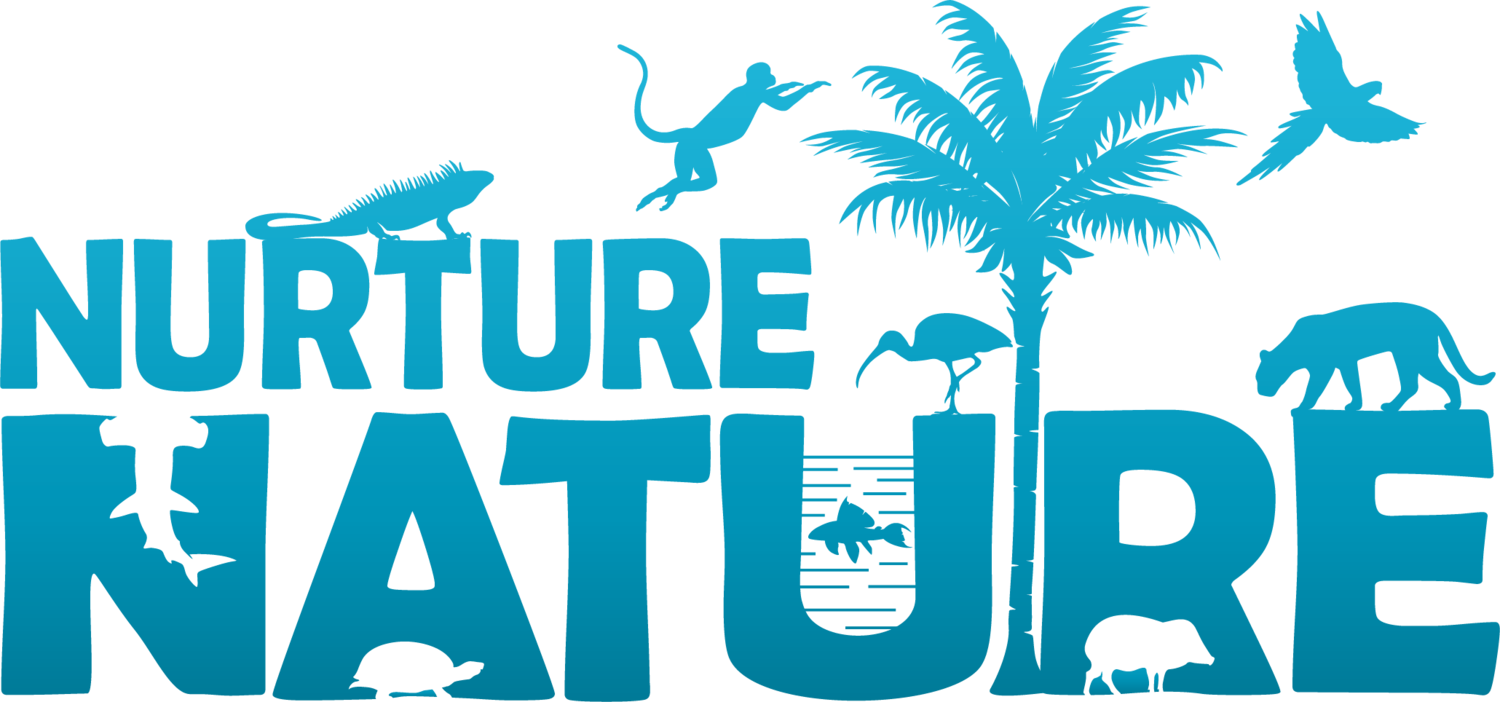Video Gallery
T&T Pet Wildlife Trade
The Nurture Nature Campaign has created and obtained a variety of videos depicting the harmful trade in pet wildlife in Trinidad and Tobago.
We note that some of these videos depict wild animals in distress.
Illegally imported wildlife is typically brought in large shipments that are then managed at "wholesaler" facilities. Here you see juvenile Chestnut-bellied Seed-finches (Sporophila angolensis), Blue and Gold Macaws (Ara ararauna), and a seemingly traumatized infant Wedge-capped Capuchin Monkey (Cebus olivaceus).
This video was shot in 2019 and is believed to show a location in central Trinidad.
A large number of parrots are smuggled in to Trinidad from Venezuela every year. The parrots depicted here are young Yellow-crowned Amazons aka "venez parrots" (Amazona ochrocephala) and White-eyed Parakeets (Psittacara leucophthalmus), both of which would have been poached from nests.
Traded birds like those in this video have to contend with highly stressful, cramped, and unsanitary conditions with often poor nutrition, and many will die before they are ever sold. This video was shot in late 2020 and was sent by a wholesale dealer to potential retail sellers.
The Lowland Tapir (Tapirus terrestris) is listed as “vulnerable” to extinction and is an animal that should not be found in south Trinidad.
This individual likely was likely smuggled in from nearby Venezuela and is believed to have escaped from a residential wildlife collector. This video was shot in early 2020.
The coasts of Trinidad present a particular challenge for border security, as smugglers have vast stretches of beach and quick access to forested areas to cover their tracks.
In Trinidad, it is relative common knowledge that most wildlife is smuggled through south Trinidad, but wildlife is also smuggled on the other coasts. This video was shot in 2018 and shows a coastal area near the historic village of Moruga.
Trinidad is a major destination for Venezuelan refugees, who often arrive on fishing pirogues and quickly enter on the island's many beaches. This complex social issue intersects with the harmful pet wildlife trade, as well as other harmful trades.
This video was shot in 2018 and local law enforcement later reported that part of this group was detained with a sick infant monkey to sell upon arrival.
Songbirds such as this Bullfinch/Chestnut-bellied Seed-finch (Sporophila angolensis) are common sights in Trinidad, which is concerning as these birds are now almost locally extinct and so smuggled into the country.
Hobbyists estimate that between 50 and 80 percent of imported Bullfinches will die within their first year of captivity. This video was shot in 2019 at a police-owned bar in northeast Trinidad.
Capuchin monkeys are traded as infants, and deadly force is most commonly used to take them from their mothers. Perversely, these animals often become "child-like" pets for their new human keepers until they mature to adulthood and present special challenges.
This video was shot in 2019 and illustrates how increasingly ordinary it is to see infant Capuchins as pets in Trinidad and Tobago.
The Collared Peccary or Quenk (Dicotyles tajacu) is a popular game species in Trinidad and Tobago, and it also is sometimes kept as a live animal.
Unfortunately, a recent wildlife population study suggests that these incredible animals are at risk of being hunted to local extinction. This video was shot in 2019 in Tobago.
